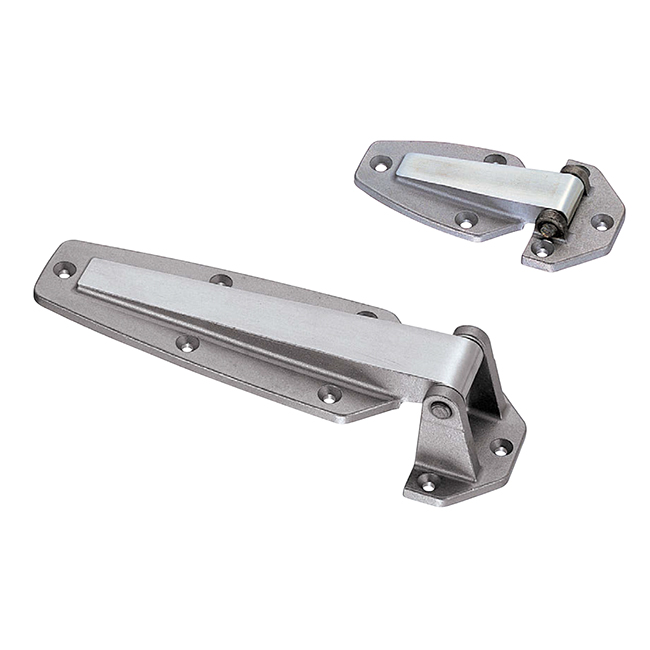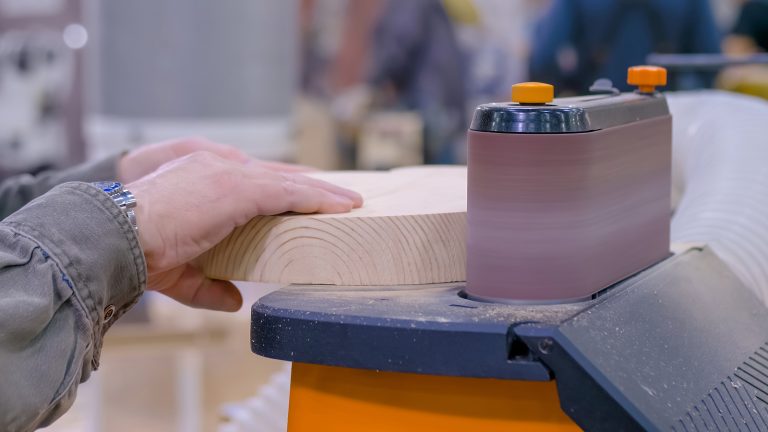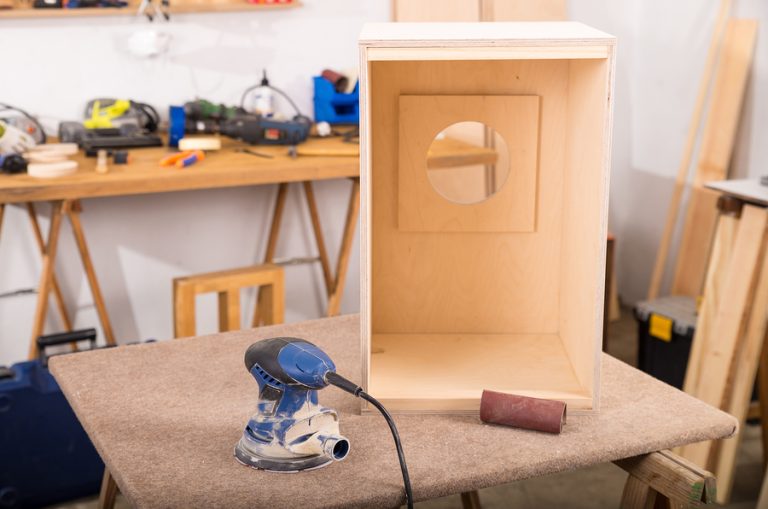Methods to Create a Safer Industrial Workplace/Environment
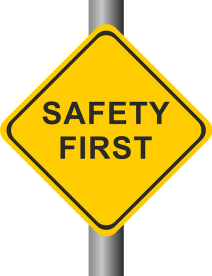
EXAIR has been at the forefront of safety and efficiency when it comes to blow-off devices since 1983. We understand the importance of keeping personnel and the workplace safe. Controlling employee’s exposure to hazards is a fundamental method of protecting them. The CDC published a useful guide called “Hierarchy of Controls” detailing five types of control methods as a means to implement effective solutions.
- Elimination
- Substitution
- Engineering controls
- Administrative controls
- Personal protective equipment (PPE)
Elimination
Elimination removes the hazard from the source. Elimination is at the top of the chart because it is the best way to protect workers. In my previous line of work, we had to use MEK to dilute a solvent-based epoxy. By switching over to a water-based epoxy, we were able to eliminate the chemical hazard from our process. In some situations, this can be a difficult task, but the elimination criteria should be the first thing to review.
Substitution
Substitution is looking for a different but safer modification to the source of the hazard. An example would be static elimination. If we take into consideration an ionization bar to remove static, there are manufacturers that make “hot” bars that will shock the operator if they get too close to the ionizing point. EXAIR Gen4 Ionizing Bars are shockless. By substituting the “hot” bars with EXAIR Gen4 Ionizing Bars, you just removed the shock hazard for your operators. When considering substitution, it is important to compare the new risk of the replacement to the original risk. Remember, we are trying to reduce the potential effects of injuries.
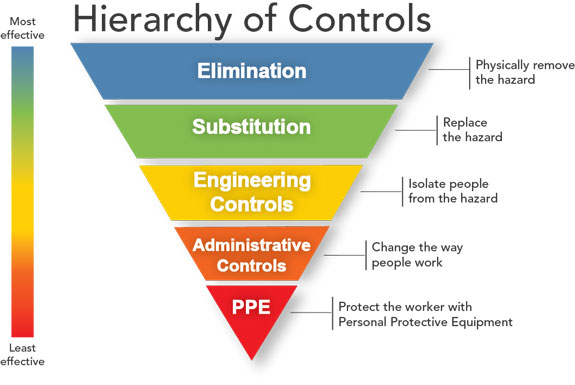
The CDC explains these first two methods with this statement, “Elimination and substitution can be the most difficult actions to adopt into an existing process. These methods are best used at the design or development stage of a work process, place, or tool. At the development stage, elimination and substitution may be the simplest and cheapest options. Another good opportunity to use elimination and substitution is when selecting new equipment or procedures. Prevention through Design is an approach to proactively including prevention when designing work equipment, tools, operations, and spaces.”1
Engineering Controls
Engineering controls are very common. Companies can evaluate an area for hazards and address them with proven controls. This can be as simple as adding light curtains to a stamping machine. Another area would be using compressed air for blow-off applications. EXAIR has been providing engineered products to reduce these hazards. We offer Super Air Nozzles, Safety Air Guns, Super Air Knives, and Air Amplifiers to reduce the noise level and dead-end pressure as found in the OSHA directives 29CFR 1910.65(a) for maximum allowable noise exposure and 29CFR 1910.242(b) for dead-end pressure/chip shielding. By adding an engineered nozzle like our Super Air Nozzle over an open pipe, it will protect your workers, stop OSHA fines, and reduce energy costs.
Administrative Controls
These controls will move personnel or change the process to limit the length of exposure time to the hazard. As you notice, this is toward the bottom of the Hierarchy chart as one of the least effective ways for dealing with a hazard. As an example, an operator is exposed to a blow-off application that has a noise level of 95 dBA. The maximum exposure time allowed by OSHA is 4 hours. So, another operator would have to be placed in that area to work another 4 hours. But, if the company added a Super Air Nozzle to the blow-off device, then the noise level would be reduced to 74 dBA. Now, you can have one operator run the machine for the full 8 hours.
PPE
Personal Protection Equipment, or PPE, is equipment that is purchased to help protect the operators from hazards. What may the problem be? First, you have to train the operators on how to properly use them, as well as trust that they will follow the instruction explicitly. It also adds cost to purchase and maintain them. This is why this method is the least effective.
At EXAIR, we have a statement: “Safety is everyone’s responsibility.” The idea behind the Hierarchy of Controls is to help review hazardous areas and implement safer products. EXAIR can help your company follow the Hierarchy of Controls, to eliminate or reduce the hazards of compressed air usage. Many EXAIR products, including Super Air Knives, Super Air Nozzles, Safety Air Guns, and Air Amplifiers are engineered to meet OSHA standards. If you have questions or want to talk to an EXAIR Application Engineer, please contact us to discuss how our products will be beneficial to your work environment’s safety.
John Ball
Application Engineer
Email: johnball@exair.com
Twitter: @EXAIR_jb
Picture: Safety First by Succo. Pixabay License
- Note: The Hierarchy of Controls and the statement is from CDC.gov
